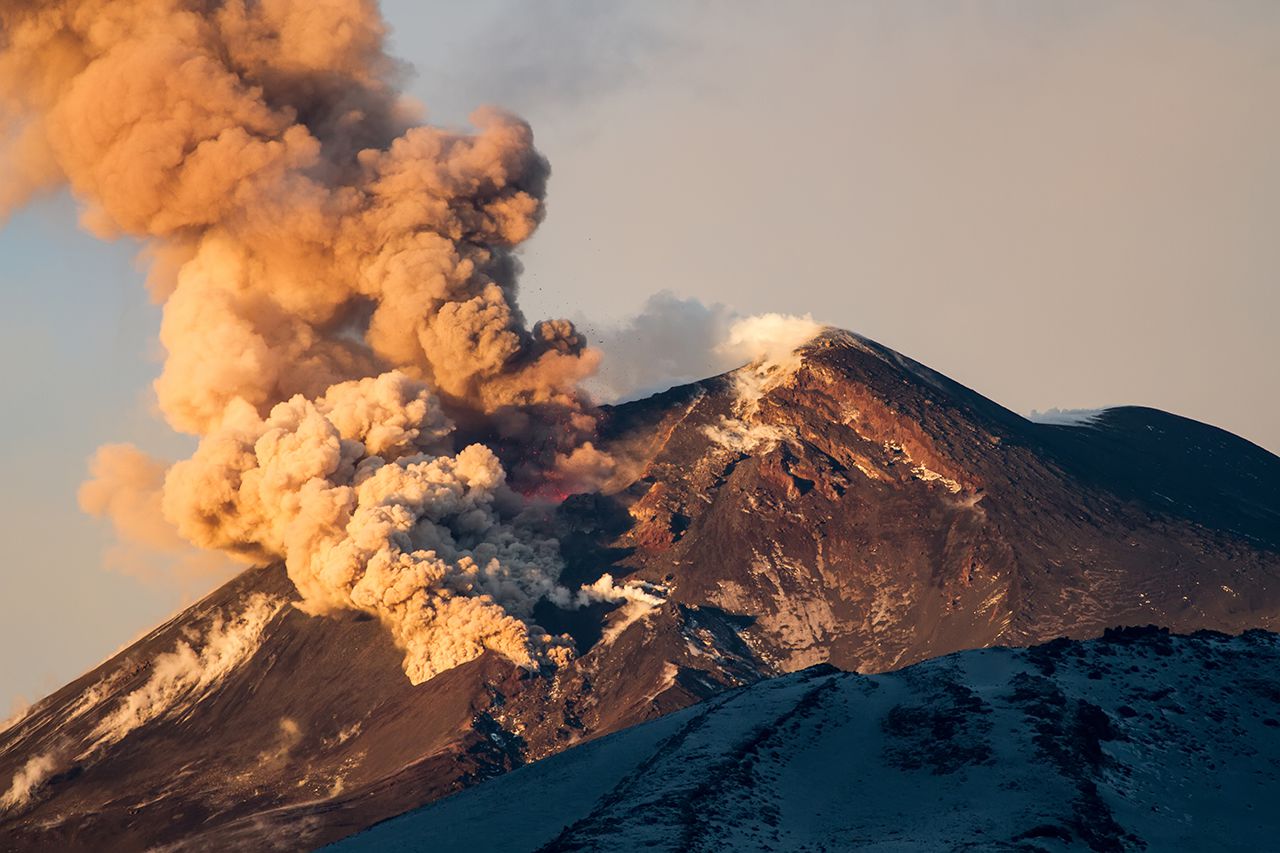We use cookies on our website to give you the most relevant experience by remembering your preferences and repeat visits. By clicking “Accept All”, you consent to the use of ALL the cookies.
World news ,
BUILDING MORE DISASTER-RESILIENT COMMUNITIES AND NATIONS
Madrid, Spain
BUILDING MORE DISASTER-RESILIENT COMMUNITIES AND NATIONS
Madrid, Spain










